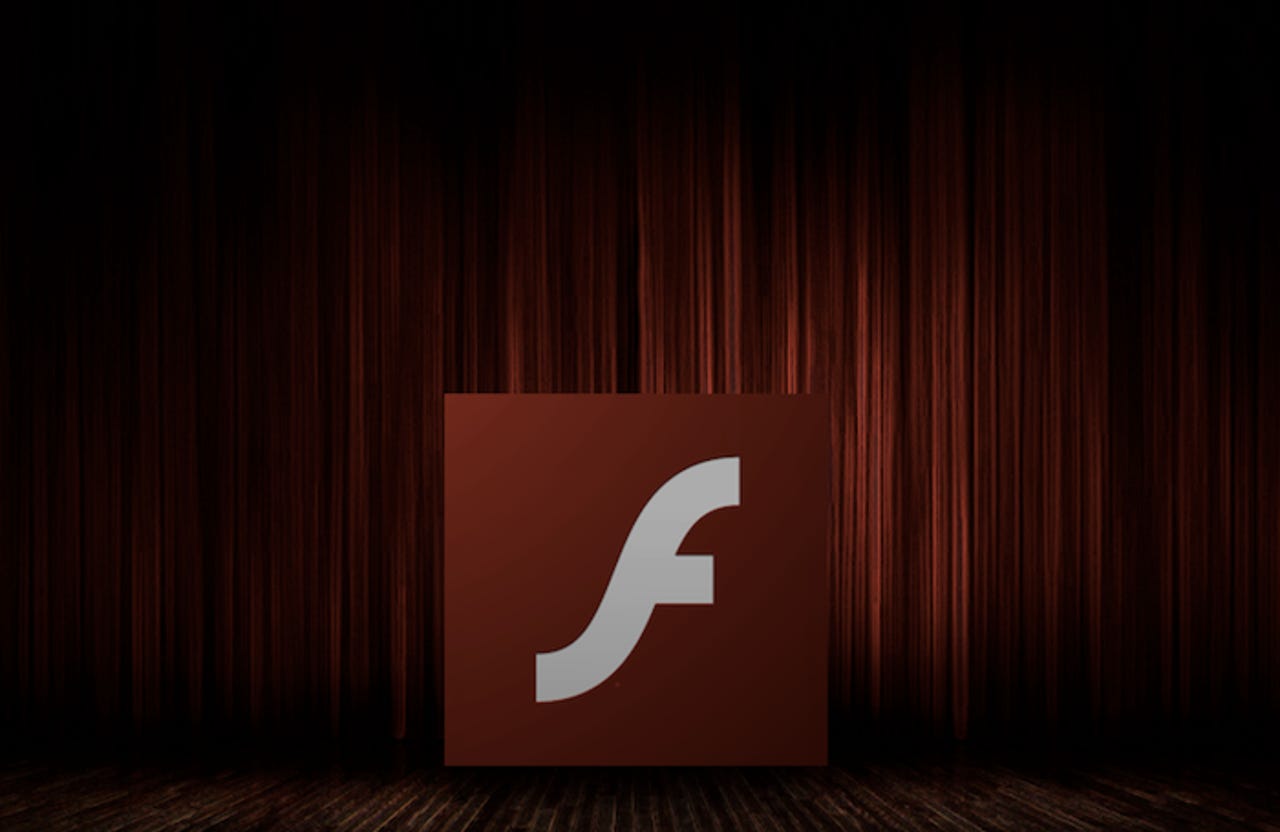Flash is dying. Here's how to kill it


They say you should never compromise your security for the sake of simplicity.
And yet most of us have installed Flash, the popular web browser plugin at some point in the last year, because a popup said so, or for a time you needed it for that Facebook game you played once, but never used again. All the meanwhile, you're open season to hackers and malware -- even if you didn't know it. Just this month alone, three previously undisclosed vulnerabilities were found in the trove of data stolen from the surveillance company Hacking Team.
Flash is buggy, riddled with security vulnerabilities, requires updating every few days (at least it seems), and hogs your computer's memory. Flash is a burden on your online life, and yet you put up with it because the impression is that -- you would think -- that the internet would be a duller, pixelated place where rich video and animated content no longer existed.
Flash may have been for a while the be-all and end-all for the web experience. You'd be wrong. Almost anyone using a phone or a tablet nowadays is already on the Flash-less experience, and you probably didn't realize it. Flash was never allowed on the iPhone or iPad, and Android ditched the plugin in 2012.
Flash in most cases has survived so long because it's still actively downloaded. We've all been hungry in a grocery store: you think with your stomach and you buy nothing but junk food, and, while the short term relief feels fantastic, you deeply regret the move the next day. Flash is the online equivalent of junk food. There are some exceptions, though. Flash comes preinstalled in Chrome, but even Google is championing alternatives, such as HTML5. But for the rest of you, your browser requires the plugin to be downloaded.
Repeat after me: there is no longer a good reason to use Flash.
We've put together a guide to deactivate Flash. In many cases, it's a few clicks and takes no more than a minute or two. Check out the slideshow below, or jump to your browser here: Internet Explorer 11 | Chrome | Firefox | Safari on Mac | Edge on Windows 10.
And if that isn't enough, you can download the uninstaller for Windows for Mac.
How to disable Adobe Flash on Windows, Mac